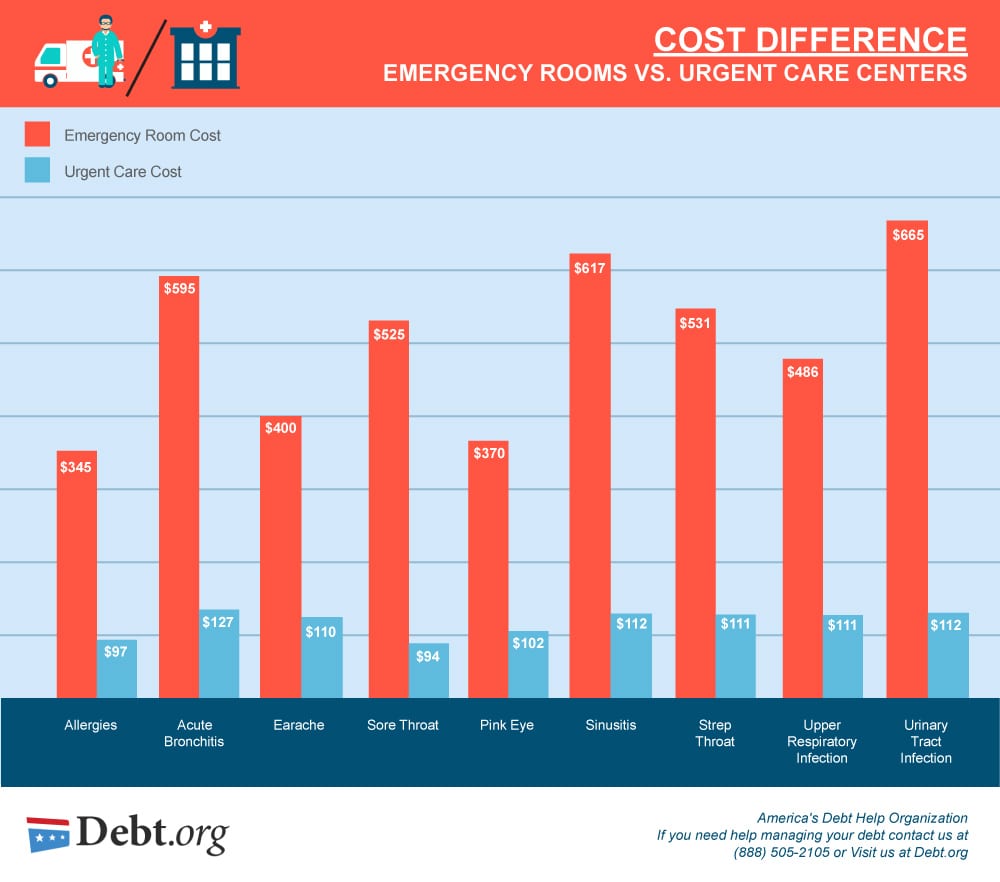But because life insurance is state-regulated, where you live can determine certain rules and policies related to your policy. Many individuals choose to call multiple life insurance beneficiaries in their life insurance policies. Your premiums will not increase or reduce based upon how many beneficiaries you name, whether you have one or numerous.

Often, stacking (or laddering) several policies can even conserve you money long term. If you end up getting protection from several policies, your premiums for any single policy will not increase based upon the number of overall life insurance coverage policies you hold - what is term life insurance. The expense of your life insurance policy depends on five elements: the kind of policy you get, health, age, pastimes and gender.
Furthermore, guys tend to see higher premiums than females. For example, a healthy 35-year-old male can expect to pay about $49 per month on life insurance premiums, while a healthy 35-year-old woman can anticipate to pay about $40 each month for a term life insurance coverage policy. Selecting a permanent life insurance coverage policy over a term life insurance coverage policy will also increase your rates.
According to information from S&P Global, the average life insurance policy's premium is $44 per month. The average cost of a term life insurance coverage policy for someone in their 30's is $16 each month. If you get a policy in your 40's, you can expect to pay $22 per month.
Life insurance coverage is surprisingly budget friendly. The typical expense of life insurance coverage is $44 monthly, according to data from S&P Global. Across all life insurance coverage policies consisting of more costly and guaranteed-to-pay-out whole life policies, in addition to more affordable, short-lived term life policies that breaks down to $538 in premiums each year, or about $44 each month.
The 8-Second Trick For What Type Of Insurance Offers Permanent Life Coverage With Premiums That Are check here Payable For Life
However, life insurance coverage isn't one-size-fits-all. While an average amount can provide you an idea of what you'll pay, there are many aspects that go into life insurance. Among the biggest factors to consider is whether you want whole or term life coverage. There are two main types of life insurance: whole life insurance coverage and term life insurance coverage.
According to Policygenius information, the average expenses for an entire life policy is between 5 and nine times higher than a term life policy rate. These rates are based on a male in outstanding health with a $250,000, 20-year term policy, and a $100,000 whole life policy. $15.90$ 85.455.4 times more expensive$ 16.14$ 122.207.6 times more pricey$ 21.75$ 196.259.0 times more pricey$ 47.86$ 233.944.9 times more expensiveConsidered the more affordable and more practical choice, this life insurance coverage offers enough protection for a specific number of years, usually between 10 and 30 years.

After the number of years are up, the policy ends. Entire life insurance is an irreversible policy that will stay in location and pay when you pass away. This type of policy is a lot more expensive than a term life insurance coverage policy, but is guaranteed to pay out eventually. It's generally utilized to leave inheritances, however it can be costly.
For the exact same insurance coverage, a woman and male will pay various amounts for coverage each month. Here's how this difference stacks up in between 2 35-year-old, nonsmoking individuals of various sexes for the exact same $250,000 term life policy for thirty years: RiverSource$ 22.31/ month$ 25.16/ monthState Farm$ 28.00/ month$ 30.02/ monthNationwide$ 23.14/ month$ 26.26/ monthMutual of Omaha$ 21.29/ month$ 24.51/ month$ 23.68/ month$ 26.48/ monthOn average, life insurance for the exact same policy from these quotes would cost $2.80 more each month for a guy.
Life insurance coverage changes depending upon your age. The price you'll pay each month for protection increases with each passing year. Service Insider acquired quotes from four big insurance provider for individuals looking for $250,000 worth of coverage for a 30-year term, both in outstanding health. The average of these 4 quotes is listed below for each age range:25$ 20.10/ month$ 23.05/ month30$ 21.86/ month$ 23.07/ month35$ 24.19/ month$ 26.48/ month40$ 34.77/ month$ 40.21/ month45$ 48.52/ month$ 61.40/ month50$ 60.31/ month$ 81.72/ monthThe most visible difference remains in the older ages of the sample premiums after age 35, premiums increase considerably.
Not known Incorrect Statements About Which Of The Following Is The Best Reason To Purchase Life Insurance Rather Than Annuities
Waiting on life insurance coverage won't make it any less expensive, as the data above programs. Below are typical annual premium for term life insurance throughout the United States. Alabama$ 602$ 50Alaska$ 655$ 55Arizona$ 615$ 51Arkansas$ 584$ https://gregoryfvqh943.tumblr.com/post/634528759807148032/the-facts-about-how-to-become-an-insurance-agent 49California$ 668$ 56Colorado$ 645$ 54Connecticut$ 724$ 60Delaware$ 657$ 55District of Columbia$ 636$ 53Florida$ 627$ 52Georgia$ 630$ 53Hawaii$ 687$ 57Idaho$ 597$ 50Illinois$ 631$ 53Indiana$ 593$ 49Iowa$ 601$ 50Kansas$ 601$ 50Kentucky$ 599$ 50Louisiana$ 597$ 50Maine$ 641$ 53Maryland$ 712$ 59Massachusetts$ 718$ 60Michigan$ 610$ 51Minnesota$ 639$ 53Mississippi$ 581$ 48Missouri$ 590$ 49Montana$ 601$ 50Nebraska$ 603$ 50Nevada$ 607$ 51New Hampshire$ 708$ 59New Jersey$ 732$ 61New Mexico$ 588$ 49New York$ 675$ 56North Carolina$ 617$ 51North Dakota$ 603$ 50Ohio$ 599$ 50Oklahoma$ 598$ 50Oregon$ 627$ 52Pennsylvania$ 658$ 55Rhode Island$ 660$ 55South Carolina$ 615$ 51South Dakota$ 591$ 49Tennessee$ 609$ 51Texas$ 633$ 53Utah$ 636$ 53Vermont$ 655$ 55Virginia$ 682$ 57Washington$ 655$ 55West Virginia$ 590$ 49Wisconsin$ 607$ 51Wyoming$ 601$ 50The above information was acquired from S&P Global Market Intelligence.
There's more than just age, sex, and type of insurance that can influence your rates. Your way of life and health history could also affect the price you pay. Here are a couple of things that might make your coverage more costly than another person your age. Smoking cigarettes can increase life insurance rates a fair bit.
According its data, a 45-year old male smoker with a 20-year, $500,000 policy would pay $289 per month for protection, while a nonsmoker would pay about $52. Devoted skydivers, scuba divers, or tourists might discover that their insurance rates are greater than others. It's not unusual for insurers to inquire about your history with these activities, your travel history, and your future plans.
Life insurance coverage companies can examine your health history and medication history through two ways: a medical records database and your medical examination. Like health insurance, the rate you pay could be influenced by pre-existing conditions. Disclosure: This post is brought to you by the Personal Finance Expert group. We periodically highlight monetary services and products that can help you make smarter choices with your cash.
What you decide to do with your cash depends on you. If you act based on one of our suggestions, we get a little share of the profits from our commerce partners. This does wesley sell not influence whether we include a financial service or product. We run separately from our marketing sales group.
Why Life Insurance Is Important Things To Know Before You Get This
As soon as you reach age 60, things in your life start to alter, and that can impact how you look at life insurance. You might stop working, your health might begin to weaken, your living expenses may reduce, or you could begin deal with a strategy to pass your business to your beneficiaries.
For instance, if you presently have term life insurance, which is great for only a specified period, you may choose to change to a universal life insurance policy. With this kind of policy, you can reduce your survivor benefit as the policy ages and your scenarios change. If you initially purchased the policy to cover, state, your home loan after your death, you can reduce the death advantage as your mortgage decreases.
And the IRS will not take a share of your revenues since the taxes on a universal life insurance policy's money value are postponed. And if you leave the cash worth to a recipient, they may not need to pay earnings taxes on it, either. If you're a guy over 60, you can expect to pay about $336 for a universal life insurance policy with a death benefit of $250,000.
People are working longer nowadays than they utilized to, and if you're over 65 and working, that indicates you probably have people who depend on your income. It might be your partner, or you may take care of a sibling or other relative whose health is failing. Also, individuals who are 65 and over generally have some sort of debt, and a life insurance policy can help guarantee that you will not leave it for your liked ones to pay.